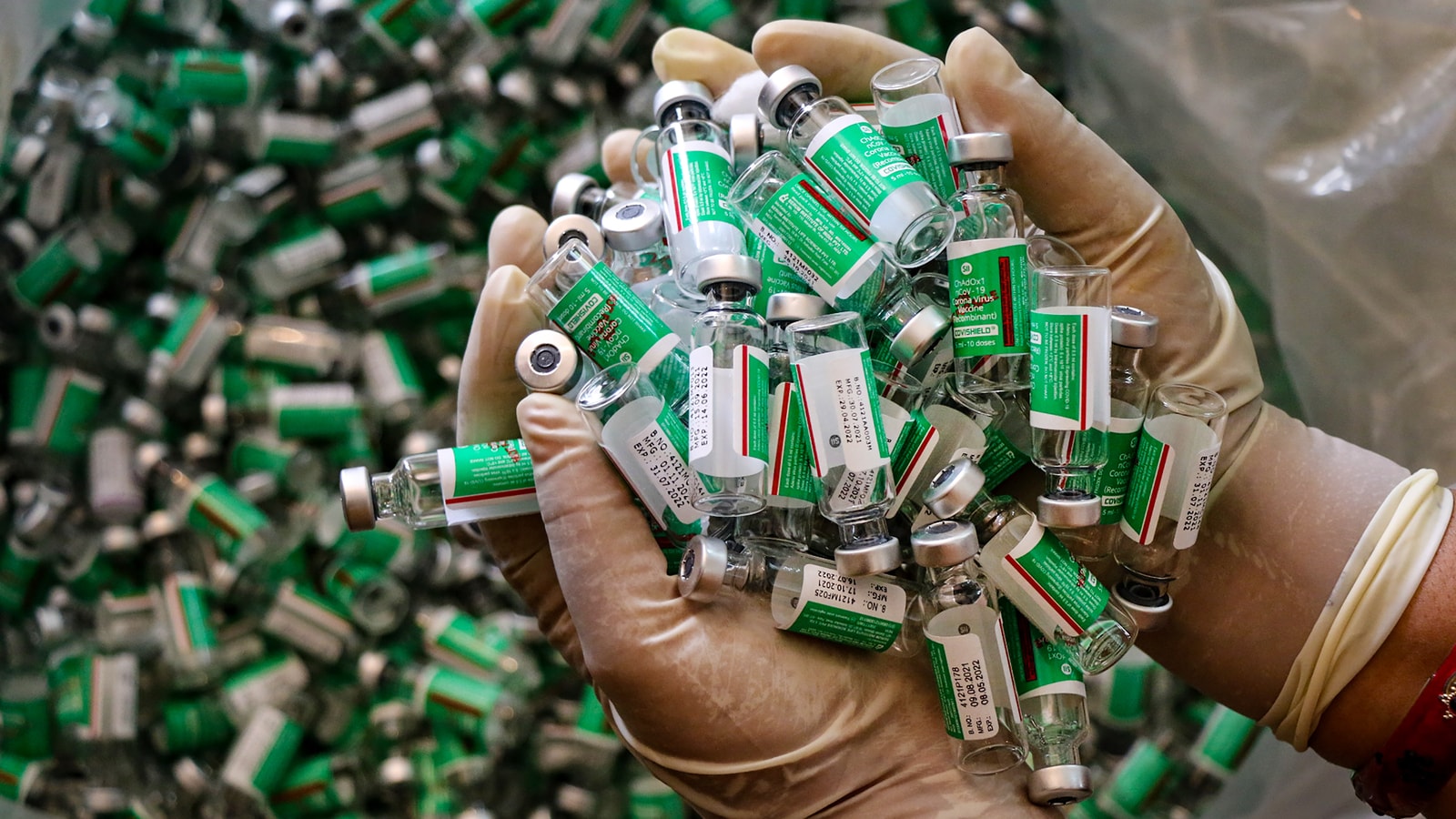‘Black Lives Matter’ movement stirs Ghanaian-German artist in Covid-19 limbo – more lifestyle
A tear slipped down the cheek of Ghanaian-German artist Zohra Opoku as she recalled how the global Black Lives Matter had kindled her pain and anger while she was stranded away from home due to coronavirus lockdowns.
After Senegal closed its borders in March, the internationally renowned visual artist had no option but to remain at a residency in Dakar, where she had been creating large textile collages to explore her self-image after a cancer diagnosis.
When the death of George Floyd in U.S. police custody sparked a global reckoning over racial injustice and oppression, the 44-year-old stitched a new piece in tribute to the movement.
‘Say Their Names’ is a white and indigo-dyed canvas onto which Opoku has sewn dozens of images of an unidentified face from ancient Egyptian art. Some are printed in red and tumble from a screenprint of Opoku’s face like teardrops.

German-Ghanaian artist Zohra Opoku works on her project at Kehinde Wiley’s artist residence during the interview in Dakar, Senegal on June 29, 2020.
(
REUTERS/Zohra Bensemra
)
The protests “have shaken us and awakened us and sharpened our senses about what kind of world we want to live in,” she said, standing in front of the work-in-progress in her studio at the Black Rock Senegal residency.
She has a rare perspective on the Black experience after growing up surrounded by white people in communist East Germany, the daughter of a Ghanaian father and German mother.

German-Ghanaian artist Zohra Opoku reacts in front of her project at Kehinde Wiley’s artist residence during the interview in Dakar, Senegal on June 29, 2020.
(
REUTERS/Zohra Bensemra
)
“I was always standing out too much,” recalled Opoku, who now calls Accra home. “I learned to resist the racist energy and hate against coloured people in East Germany, especially after the wall came down.”
The quest for identity is a central theme in her work. In earlier self-portraits, Opoku obscured her face with plants. In her latest series, she combines images of bare tree branches from her native Germany with dissected photos of herself.
“I’ve always been interested in disappearing in an environment because of my upbringing,” she said.
(This story has been published from a wire agency feed without modifications to the text. Only the headline has been changed.)
Follow more stories on Facebook and Twitter

